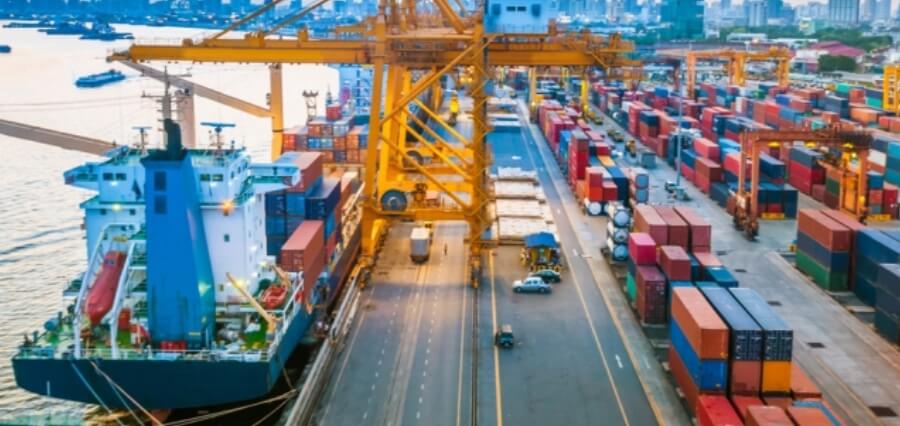Global customs authorities are ever watchful over rules governing imports to protect the public from suspicious importers or economic and political reasons. Nonetheless, meeting customs clearance requirements goes with the territory for those set on making a living by importing to the U.S. Among the most crucial documents to file with the U.S. Customs & Border Protection (CBP) is the Importer Security Filing (ISF or 10+2) for every ocean shipment entering the U.S. by vessel. Filing the 10+2 is non-negotiable. So, let’s take a deep dive into ISF 10+2 filing.
What is the 10+2 ISF form?
The CBP strictly enforces the cargo screening initiative to guarantee U.S. safety and security by targeting and screen high-risk shipments to prevent terrorism and all illegal activities.
The ISF or 10+2 regulation requires that importers and ocean carriers file cargo-related details before entering the country. The ’10’ refers to the Importer Security Filing, and the ‘2’ refers to Additional Carrier Requirements – combined, the 10+2 filing.
When to file 10+2?
U.S. importers must file the ISF with the CBP 24 hours before the cargo sails from the last port of origin. Carriers must file the AMS arrival notice up to 48 hours before departure from the last port of origin and provide it to the importer upon request. The importer can then recheck Bill of Lading issues.
An ISF form must include the following elements filled out correctly:
There are ten elements to be supplied by the importer and two by the carrier as follows:
To be supplied by the importer:
- Manufacturer (or supplier) name and address
- Seller (or owner) name and address
- Buyer (or owner) name and address
- ‘Ship-to’ name and address
- Container stuffing location name and address
- Consolidator’s (stuffer) name and address
- Importer of record name, number, and address/foreign trade zone applicant identification number – IRS or EIN
- Consignee name and number(s) – IRS or EIN
- Country of origin and Commodity Harmonized Tariff Schedule (HTS) – a 10-digit number comprising six international digits and four local. ISF compliance only requires the first six digits.
- Bill of Lading number
To be supplied by the carrier:
- Vessel stow plan
- Container status messages
Additional
The 10+2 rule
To reiterate, the 10+2 rule only applies to ocean cargo imports, identifies players in the supply chain, and merges with the 24 Hour Rule to deliver concise descriptions of merchandise destined for the U.S.
While the 10+2 ISF form expands the importer’s scope of accountability, it reduces examination for low-risk shipments. In other words, 10+2 is only for targeting and security purposes and not for commercial enforcement or defining entry. However, Customs compares the ISF data with that received from the Entry Summary (CBP form 7501 or broker entry 7501) to evaluate and investigate risk and confirm the ISF data.
Failure to meet guidelines
The bottom line is not meeting guidelines, fees, or deadlines can be pricey. Firstly, there is an advanced ISF filing fee for reporting obligations surrounding lodging. Secondly, missing the 24-hour deadline or lack of compliance could lead to liquidation damages of up to $5,000 per violation. The maximum is $10,000 per shipment. Finally, besides financial consequences, compliance failure brings about increased inspections and, thereby, cargo delays.
Even if you missed the deadline, file the ISF, or your goods won’t be released. The CBP has stopped the lenient ‘three-strikes rule’ that offered warnings. Yet, the CBC can reduce fines for first-time offenders or under other circumstances.
How to file the ISF?
File the ISF form electronically via the CBP’s Automated Manifest System (AMS) – the primary system used by U.S. customs for submitting documents for processing incoming shipments.
eezyimport takes online digital filing to the next level by making DIY customs clearance easy, transparent, low-cost, and doable from anywhere, anytime. Our system guides importers to independently file the ISF 10+2 form (and the Entry Summary), and a broker examines the documents to ensure criteria have been met. In addition, we simplify the processes to accelerate your success!


